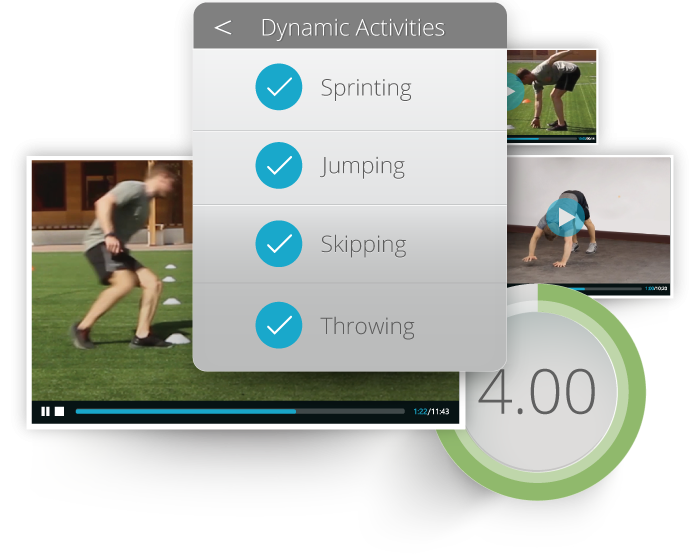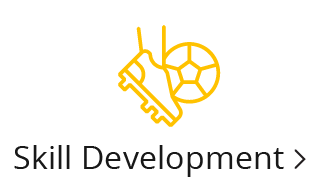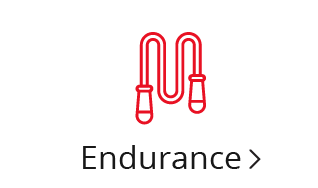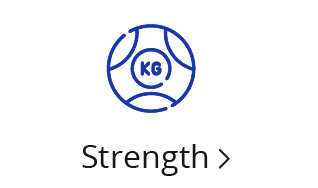Simply put, Speed is a measure of how fast somebody (or something) is moving.
Speed is usually measured in either meters per second (m/s), miles per hour (mph) or kilometres per hour (km/h).
In the Young Champions App, you may find the 20m sprint test. In this challenge we are measuring the amount of time taken to run 20m. The lower the time, the faster you are. If you would really like to know how fast you run, we use the following formula:
Speed = Distance (20m) / Time Taken to Complete
Speed is critical for success in many sports, obviously, those that participate in race sports such as swimming, cycling and sprinting rely on speed more than most.
Athletes that participate in court sports, such as badminton, tennis and squash, also rely on speed to allow them to cover the distances on the court to be able to play the next shot.
Invasion sports such as Football, Rugby, Basketball and Netball also often require speed gain a competitive edge; e.g. beating the opposition players to the ball.
Consider the very best sports people
Messi and Ronaldo (Football), Johnny May (Rugby), LeBron James (Basketball) and Laura Langman (Netball), they can all cover the ground, quickly.
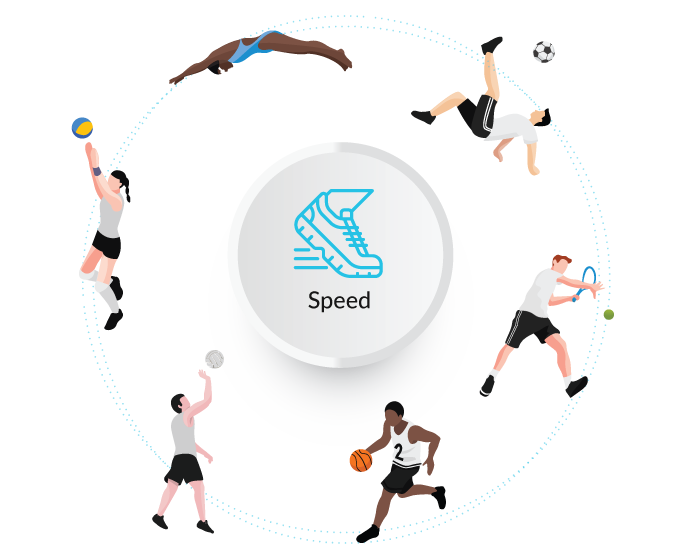
There are 4 main types of speed.
Acceleration Speed: A constant change of speed, increasing up to maximal speed.
Maximal Speed: This is the maximum speed that an athlete can reach and sustain. This normally happens 3-5 seconds after a stationary start.
Speed Endurance: This is the ability to maintain speed over longer distances for a sustained period of time (usually over 5 seconds).
Change-of-Direction Speed: This is crucial in most team sports along with most racket sports. This is usually a combination of agility and acceleration speed.
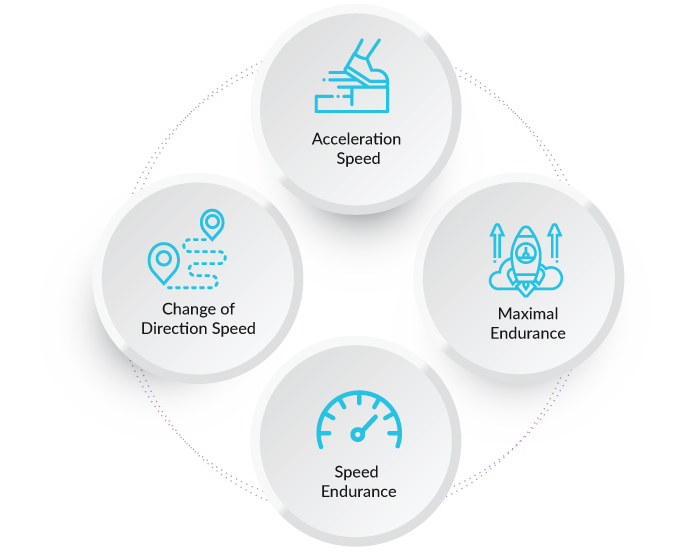
In a previous section, we focused on skill acquisition, and it is important to recognise that sprint technique is a skill, some of the key features of this skill include;
- Hold your torso straight and vertical.
- Hold your head still but relax your face and neck.
- Bend at your elbows.
- Pretend you are lightly gripping a small bird in each hand.
- Pump your arms so your hands travel from “hip to lip”, and keep your arms close to your sides, keeping your shoulders steady.
- With each stride, lift your front knee high/knee drive and straighten your back leg completely to deliver full power.
It is also important to Warm Up Properly, Recover During the Session and to be Well Rested for Sprint work.
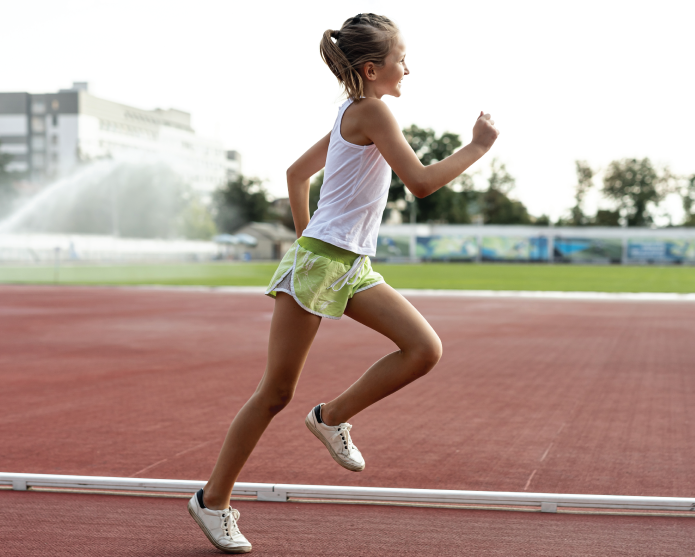
To develop speed, research suggests that you should also train Strength and Power.
Many competitive, elite athletes for a 6-phase progressive model to support the development of speed that includes;
- Basic Training
- Strength and Power
- Plyometric Training
- Sprinting Form
- Sport Specific Training
- Overspeed Training
The Young Champions app will provide you with a range of activities that are specifically developed to enhance your speed, however, this will not happen overnight, it takes practice and perseverance, you can also monitor your speed with a range of challenges including the 20m Sprint Challenge.
Next section... Endurance and Aerobic Capacity
